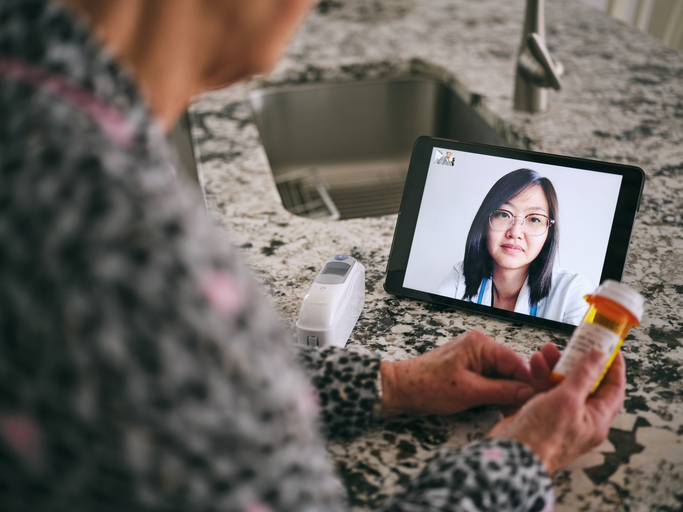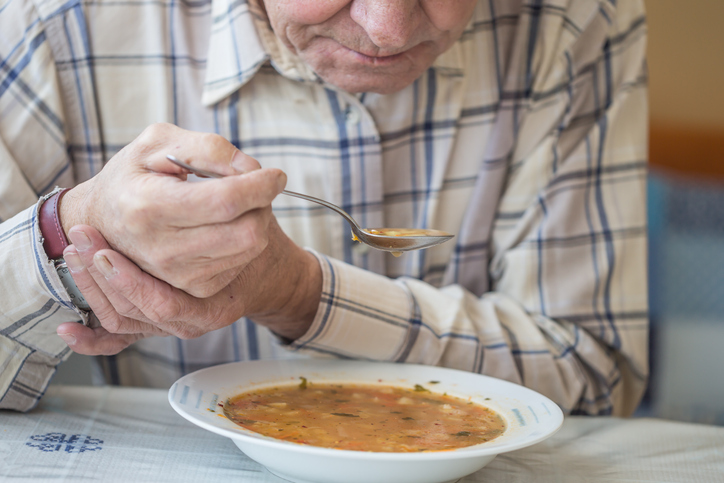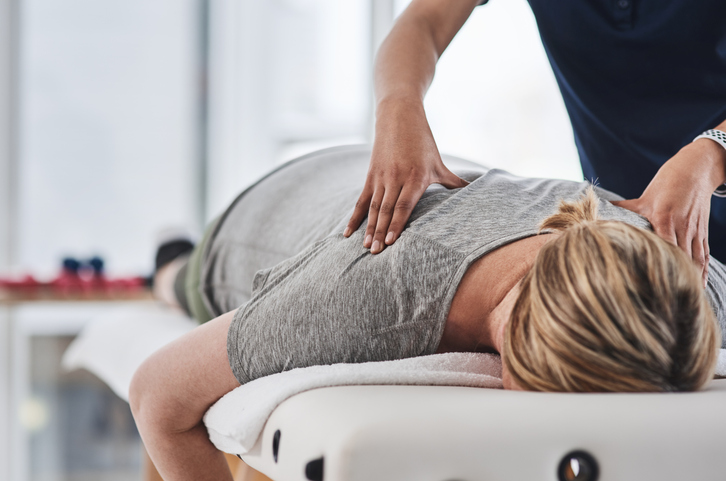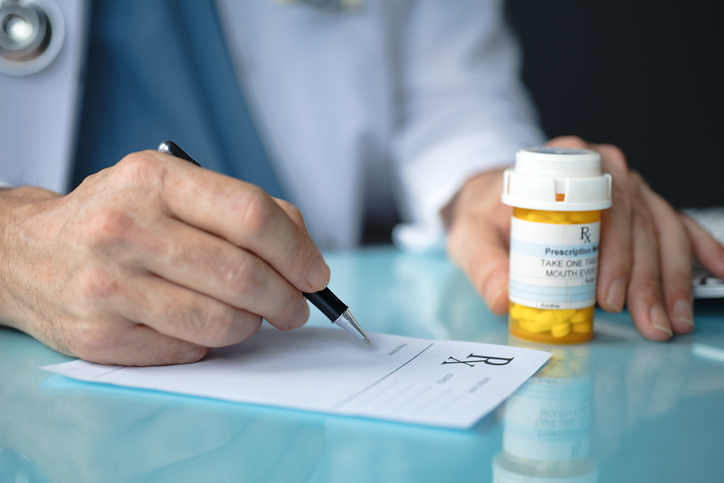Pain
Conventional Medical Treatments for Primary Lateral Sclerosis (PLS)

What is primary lateral sclerosis?
Primary lateral sclerosis (PLS) is a rare neuromuscular disorder that involves the gradual degeneration of nerve cells — more specifically, upper motor neurons — in the brain. Upper motor neurons are responsible for the initiation of voluntary movements and help with body posture. PLS belongs to a group of conditions known as motor neuron diseases.
Treatments
The main treatment goal of PLS is symptom management. Treatments include medications, physical therapy, occupational therapy, speech/swallowing therapy, and mobility devices.
Medications
Medications that are commonly prescribed include the following:
- Muscle relaxants, such as tizanidine, clonazepam and baclofen, may be prescribed to relieve stiffness and spasticity. These medications can be taken orally, or if spasticity isn’t well controlled, an intrathecal pump can be used to deliver baclofen directly into the spinal fluid. An intrathecal pump is a device that is surgically implanted under the skin. It delivers medication directly into the fluid-filled area around the spinal cord (the intrathecal space). Baclofen is the only muscle relaxer that is approved by the U.S. Food and Drug Administration (FDA) for delivery by pump.
- Antidepressants may be prescribed for pain or depression.
- Anticholinergics, such as glycopyrrolate and scopolamine, can help with drooling problems.
- Analgesics can help decrease pain from spasticity, cramps or neuropathy. Pain medications commonly prescribed are NSAIDS, such as ibuprofen or naproxen; opioids, such as oxycodone or morphine; and anesthetics, such as lidocaine.
Additional treatment options
In addition to medications, various other treatments can help with symptoms, including physical and occupational therapy, speech/swallowing therapy, and mobility devices.
- Physical and occupational therapy
Physical therapists can provide stretching and strengthening exercises to maintain or improve muscle strength, muscle flexibility, and range of motion. Occupational therapists can help individuals maintain independence by teaching them ways to modify everyday activities that they can no longer do or have difficulty doing on their own. - Speech and swallowing therapy
Speech and swallowing therapy can help maintain facial muscle strength and speech clarity. Speech therapists can also assist in swallowing rehabilitation. They may recommend taking smaller bites, using a straw, eating purees, or using thickeners for thin liquids. They may also make a referral to a nutritionist for additional support. A feeding tube may be needed if oral intake does not provide adequate nutrition. - Mobility devices
Assistive mobility devices may be recommended by occupational or physical therapists as the disease progresses. Such devices may include a cane, walker or wheelchair.



















